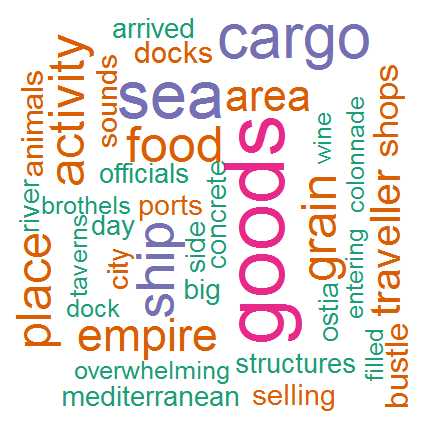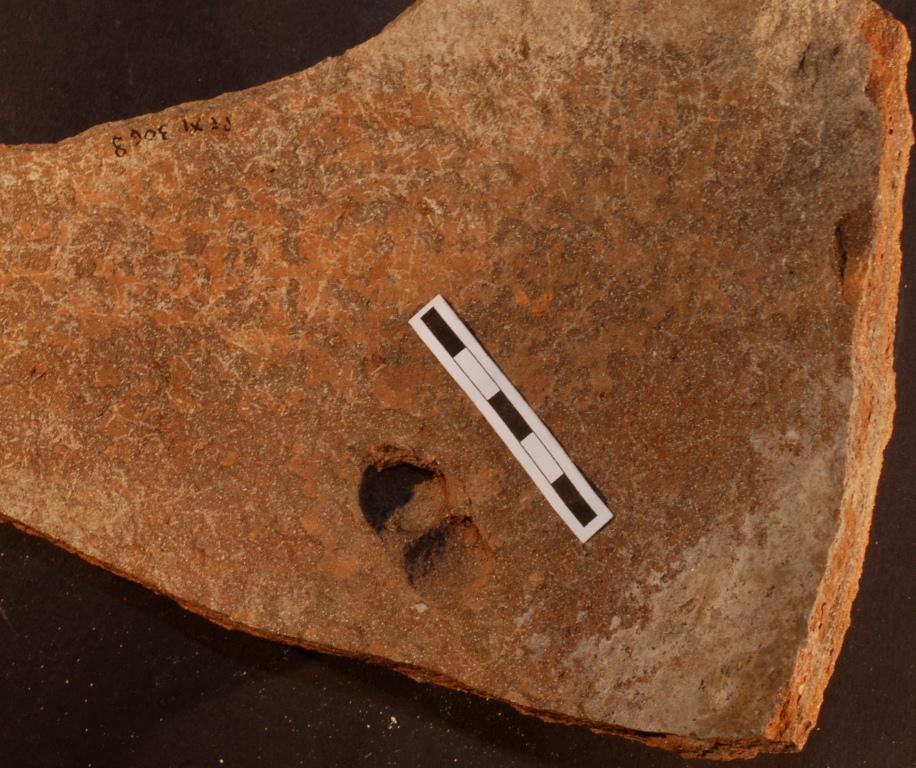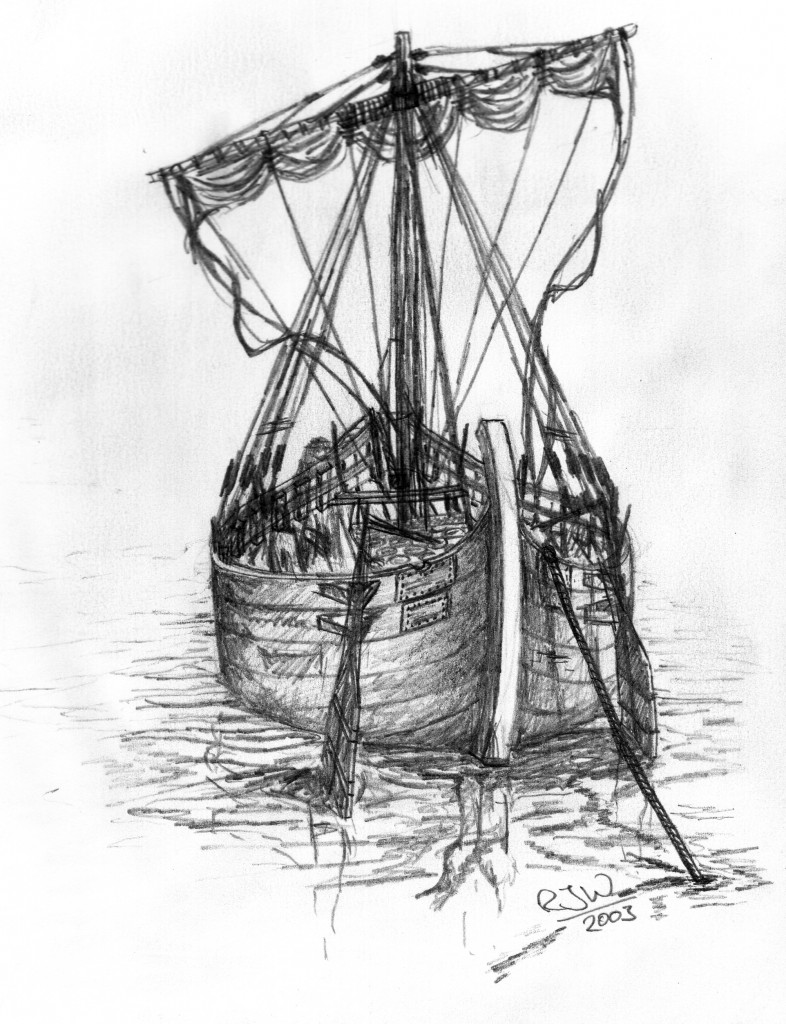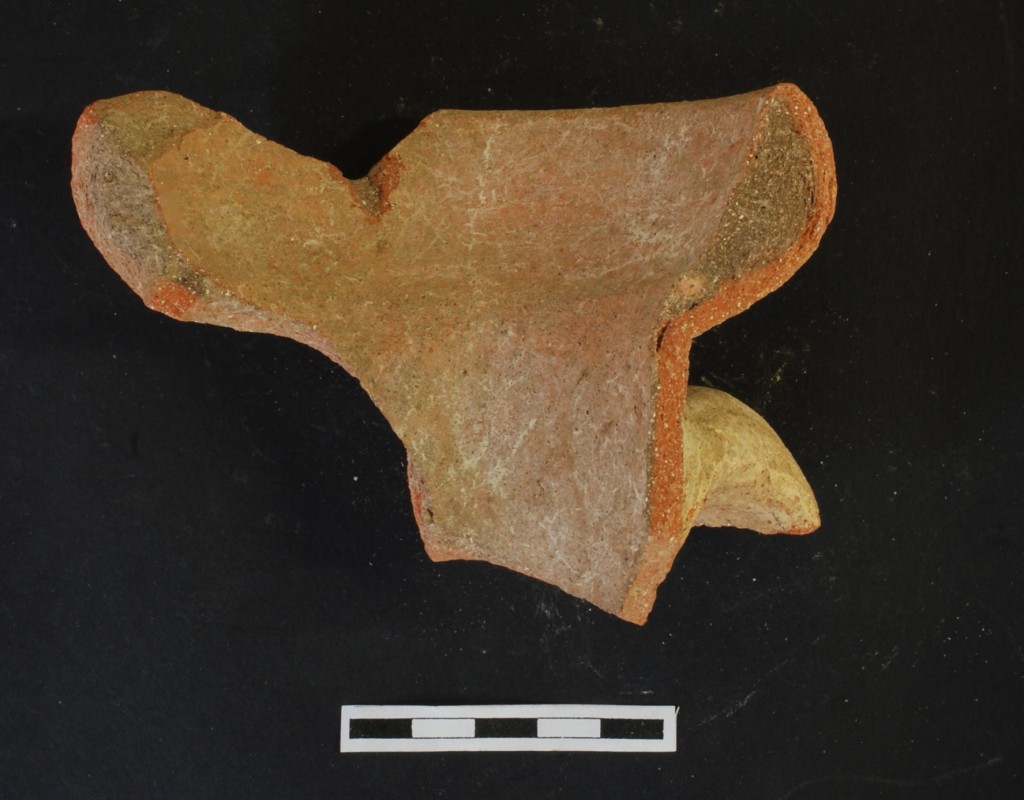
Reflecting on Week One
What an amazing first week of the course, once again! It has been fantastic for all of us involved and we are so grateful for the breadth and depth of comments coming from everyone on the course. Reading and participating in the discussions really gives us a sense of the enthusiasm people have for learning about Portus.
The step that stood out for me this week was the discussions around the Portus in the 1st Century First Century (requires login).
Continue reading →










